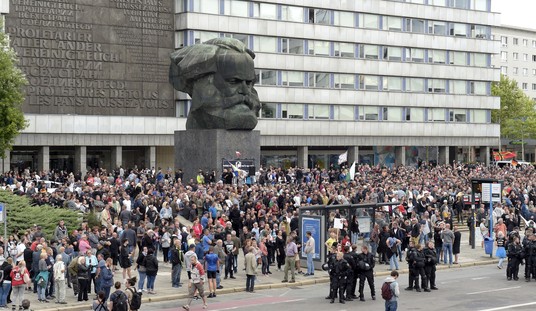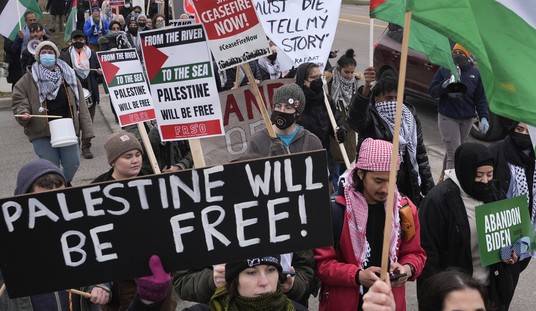More than 35 million Americans live in poverty, according to the Census Bureau. Imagine what kind of life they must have.
Actually, you don’t have to imagine. Their federal government conducts numerous surveys that contain detailed information about the living conditions of those classified as poor -- information that comes directly from those in poverty.
Are they experiencing significant hardship? Do they just barely scrape by, with no modern conveniences and hardly any food? Some do, unfortunately. But for most, it’s a different story.
Air-conditioning? Cable TV? A car? The average household defined as poor by the government has these, the survey data show. It also has a microwave, a clothes washer and dryer, a dishwasher, a coffee maker and a cordless phone. Half of poor households have a computer. Add to this two color televisions and a DVD player, along with a video-game system such as an Xbox or a Playstation for those households with children.
But what about where they live? One could have any number of modern gadgets and conveniences and still live in a broken-down, cramped residence. That isn’t the case, however. “Poor Americans are well housed and rarely overcrowded,” writes Heritage Foundation welfare expert Robert Rector in a new study. “In fact, the houses and apartments of America’s poor are quite spacious by international standards. The typical poor American has considerably more living space than does the average European.”
Moreover, 43 percent own their own homes, the government data show, nearly all of which are in good condition.
Recommended
OK, so the average poor family lives in an uncrowded house or apartment, it’s in good repair, and it has many modern conveniences. What about food? Again, the surveys indicate that, on average, the poor are well-nourished. The level of protein, vitamins and minerals that children in poverty consume is virtually identical to what middle-class children get.
Some poor households do experience temporary food shortages. But again, this is a distinct minority. More than 92 percent of poor households say they always have “enough food to eat” over the last four months. Only 6 percent say they “sometimes” don’t have enough, and 1.5 percent say it happens often.
The point of all this is not to argue that there aren’t people in this country living in poverty. There are. And those truly in need deserve a helping hand. But the good news is that the problem isn’t as widespread or as chronic as we’re led to believe. We wind up wasting money when we pretend otherwise.
In addition, we fuel the anti-American propaganda spread by countries such as Russia and China, who accuse the United States of human-rights violations. Why? Because they claim that the millions of Americans classified as poor are enduring a life of desperate poverty -- “like a third world nightmare,” as the Russia Today TV network once put it.
The average poor household in the U.S. isn’t living the high life. But it’s also not the dust-bowl existence pictured in John Steinbeck’s “The Grapes of Wrath,” or the dramatic “Two Americas” picture painted by John Edwards. As scholar James Q. Wilson notes, “The poorest Americans today live a better life than all but the richest persons a hundred years ago.”
We do those who experience substantial hardship a real disservice when we spread misinformation that inflates their true numbers, especially in a time of tight budgets. We need to base anti-poverty policy on facts, not on lurid anecdotes and exaggerated rhetoric.

























Join the conversation as a VIP Member